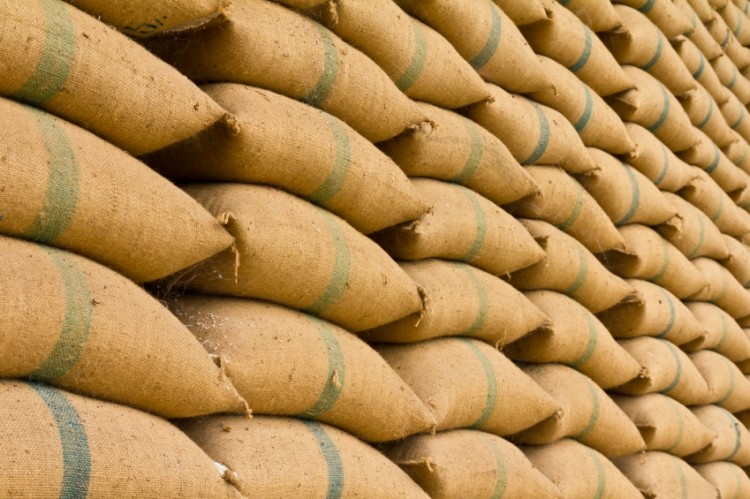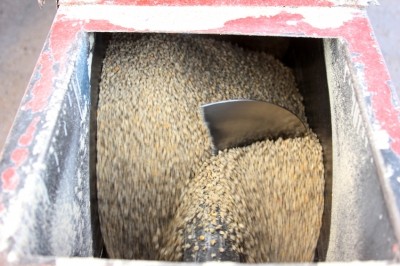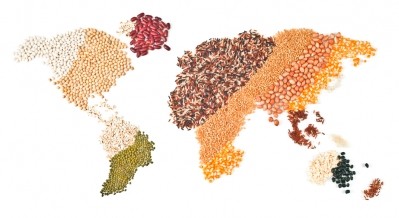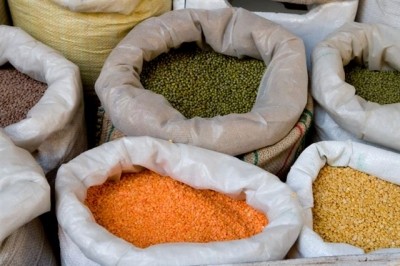Solve grain and oilseed storage bottlenecks or access to feed and EU trade could be hit: study

A joint research project undertaken by Rabobank and EU farmer representatives, Copa-Cogeca, finds storage capacity for grains and oilseeds in the EU is not sufficient, and neither will it be by 2024 unless action is taken.
This year saw a bumper EU grain harvest and this trend is expected to continue over the next 10 years, according to recently released EU Commission statistics.
The study’s authors say grain players should “solve the bottlenecks in storage infrastructure to capture this long term potential.”
The report outlines how investment in the EU grain and oilseeds supply chain offers opportunities to boost growth and jobs upstream and downstream, with Copa-Cogeca urging the EU to ensure that projects aimed at improving grain handling and logistics are included in the €315 billion Juncker Investment Plan.
Max Schulman, chairman of the Copa-Cogeca cereals working party, said: “The study is very timely in view of the bumper harvest this year and the difficulties foreseen in commodity flows in the next decades. Storage capacity needs to be more strategic if farmers are to benefit from the single market.”
The farmers lobby group is calling for greater prominence overall for agriculture sector related projects in the Juncker scheme. “Yet out of the 1,000 applications already waiting, very few or none relate to agriculture,” added Copa-Cogeca.
Investment in Eastern Europe forecast
Vito Martielli, grains and oilseeds analyst at Rabobank, estimates that Eastern Europe will be the main region to see higher investment in grain and oilseed storage and logistics due to yield and export potential.
“This presents opportunities for large global players and western European collectors wanting to diversify sourcing options,” said the analyst.
France and Germany are the two engines in EU grain and oilseed production, and they are expected to see growth in mainly ‘inland origination’, concludes the review.
“France is expected to remain a strong net exporter of grains and a net importer of oilseed complex. Decreasing domestic feed demand will result in more grains for export, most likely outside the EU,” says Rabobank.
Capacity utilization of storage in the ports in that market is already high. The authors envisage increases in this regard on the Atlantic coast.
“[French] Farmers have expanded storage capacity in the last decade due to price volatility and the need to capture more margins. In 2011, the Plan Silos was launched, aiming to increase capacity by 5 million tons within five years, with 1.9m tons to be built in the next two years. Most likely, additional capacity will be concentrated in fewer, bigger logistic centers located between key ports and production regions,” said the analysts.
Germany, they say, will remain a net exporter of milling wheat, and, driven by its strong meat industry, a net importer of feed wheat, corn and oilseed complex. “In Germany we expect mainly modernization in storage infrastructure,” add the authors.
Road connections
Strong net importers of both grains and oilseeds, Italy and Spain are expected to maintain this position in the medium term, mainly driven by their domestic meat production, and, feed demand.
The report shows the differences in port infrastructure of the two markets. “Spain has overcapacity, as the country has invested highly in the last two decades… however, road connections, mainly in regions with strong animal feed demand, need improvement.
In Italy, the quality of the port infrastructure is lower, and the replacement of older infrastructure is expected.”
In the UK, the Netherlands and some Scandinavian countries, the study shows the industry there is increasingly working to just-in-time inventory models. “Millers and compound feed manufacturers, instead of expanding storage capacity, tend to reduce it to the minimum levels.”
The report also notes how national laws are forcing some EU countries to improve storage facilities and adapt to new standards.
“Players with pan-European ambitions should increase sourcing opportunities in Eastern Europe through logistical assets, be present in destination countries in Southern Europe, and strengthen inland origination in their domestic countries,” concludes Martielli.












